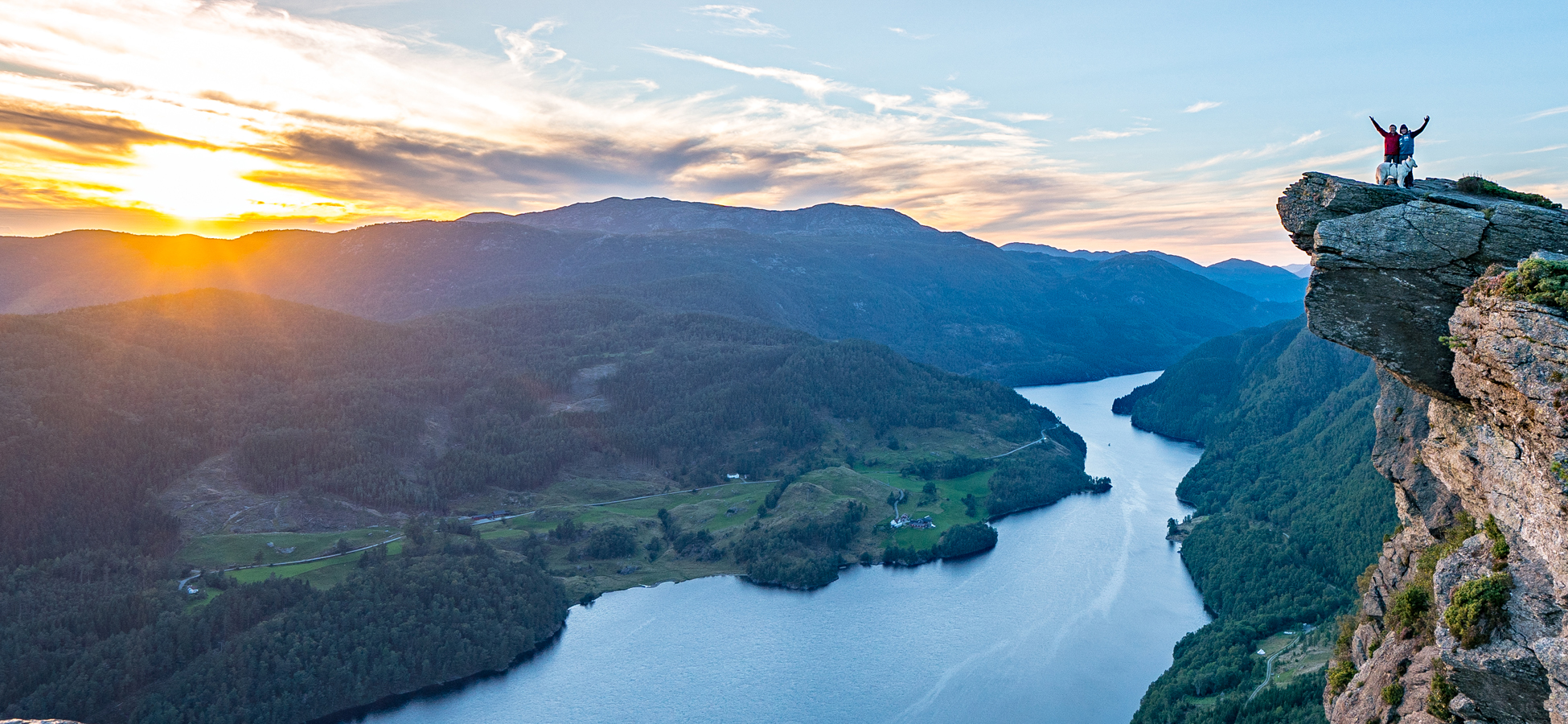
The great journey
50 years – the longest documented expedition in human history, that is their goal. Since 1991, the adventurers, filmmakers, photographers and authors Denis Katzer and his wife Tanja have dedicated themselves to their life project: “The Great Journey”.
465,000 kilometers. (more than 12 times around the world – once to the moon and beyond) have already been completed by the two of them on camels, horses, elephants, on foot or by conventional means of transportation. It is a journey to borders and beyond. To the borders of countries, continents, peoples and cultures – and to the limits of physical and mental resilience, to the limits of one’s own self.
1991 to 1992
Germany, Austria, Italy, Greece, Egypt, Jordan, Syria, Turkey and Iran
Start “THE GREAT JOURNEY”
The Great Journey by Tanja and Denis Katzer tells the story of perhaps the longest documented expedition in human history. It tells of an exciting life of travel and of a company that has not existed in this form since Marco Polo. It begins in Germany in 1991 and takes Denis and Tanja to Austria, Italy, Greece and Egypt by ferry. In Egypt, they make their first acquaintance with camels and cross the Sinai desert with them. They then cross the Gulf of Aqabha to Jordan by ship and continue their journey by bus through Syria, Turkey and Iran.
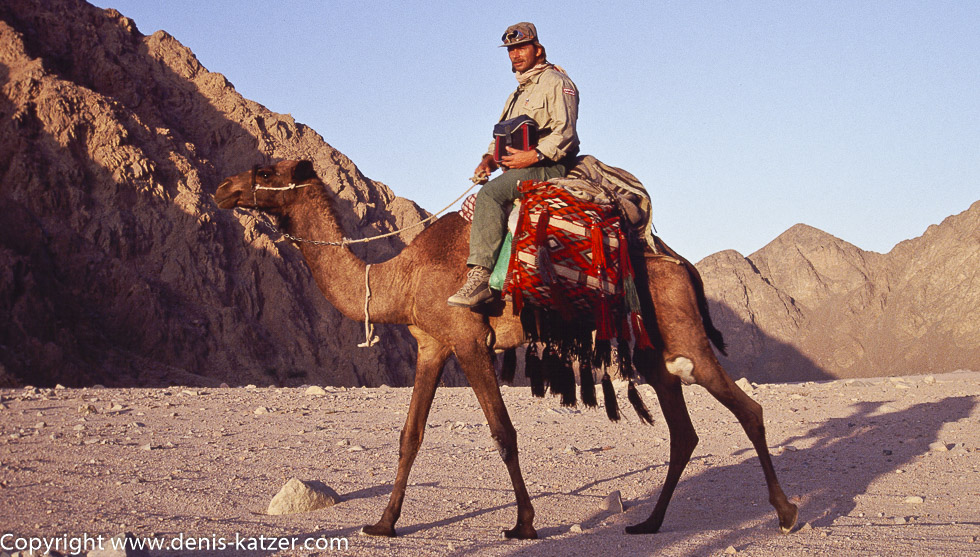
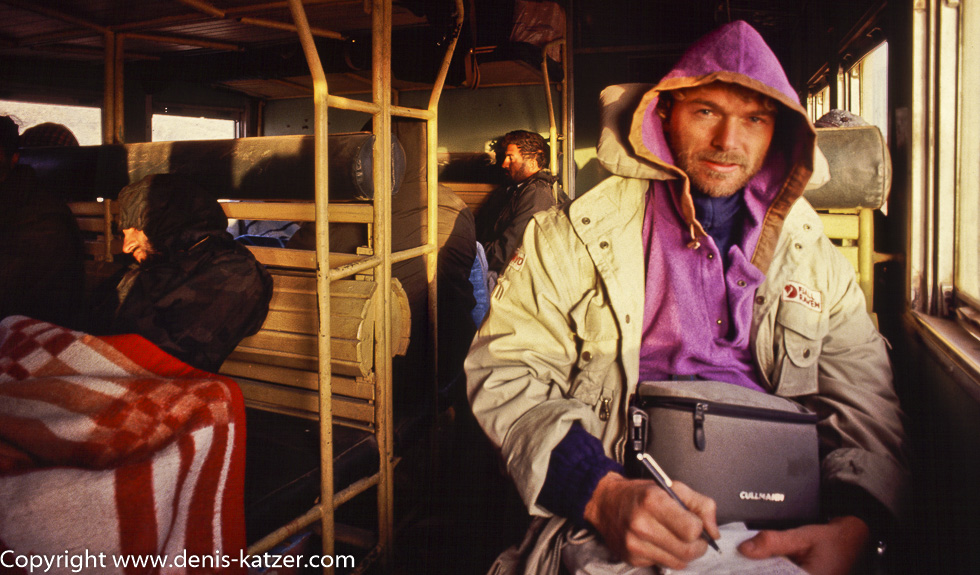
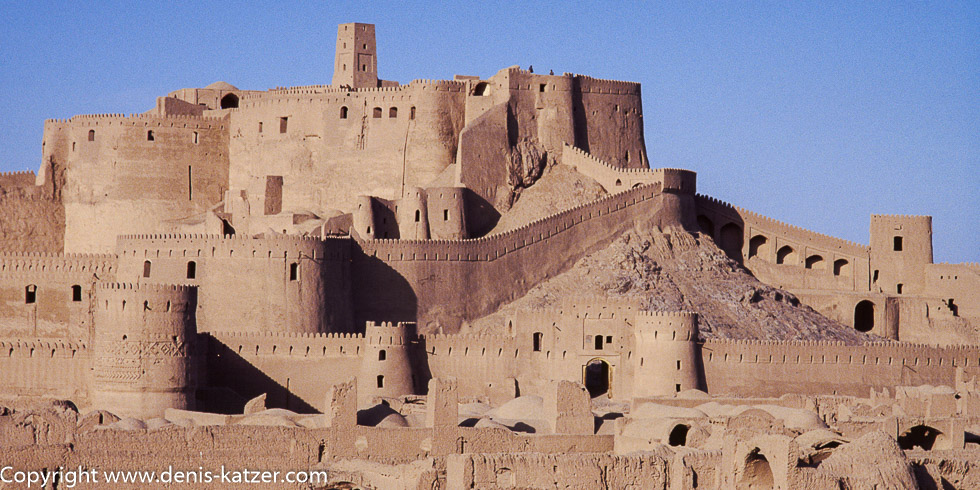
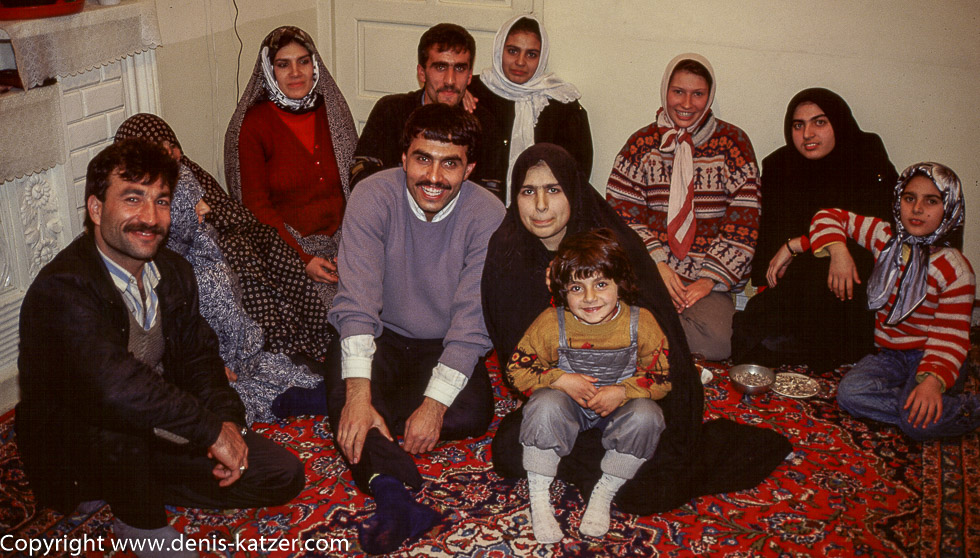
1993 – Pakistan
1,500 kilometers with camels through Pakistan
In a smuggler’s train – filled to the roof with trade goods – they cross the border to Balochistan, where Tanja and Denis buy camels, with which they then ride through Pakistan for almost a year. The dangerous expedition takes them along the Indus, the father of all rivers, further along the Afghan border and through tribal territory to Peshawar.
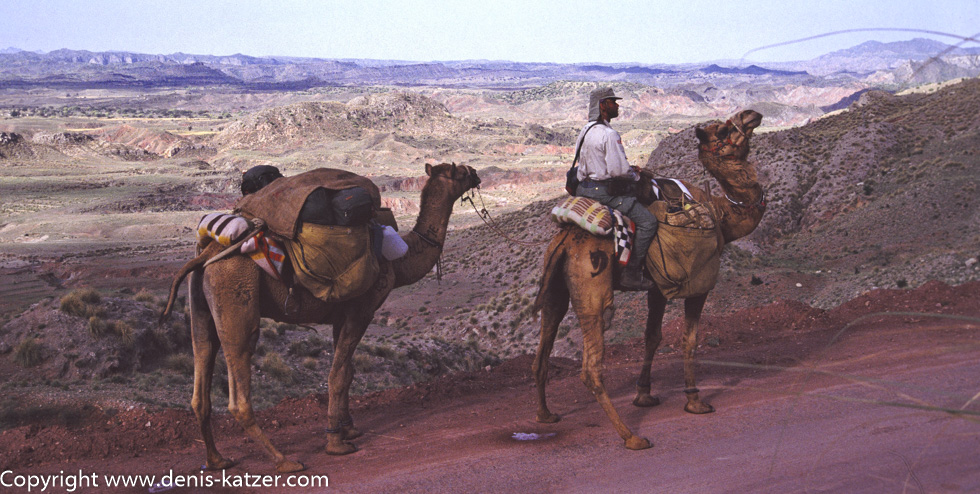
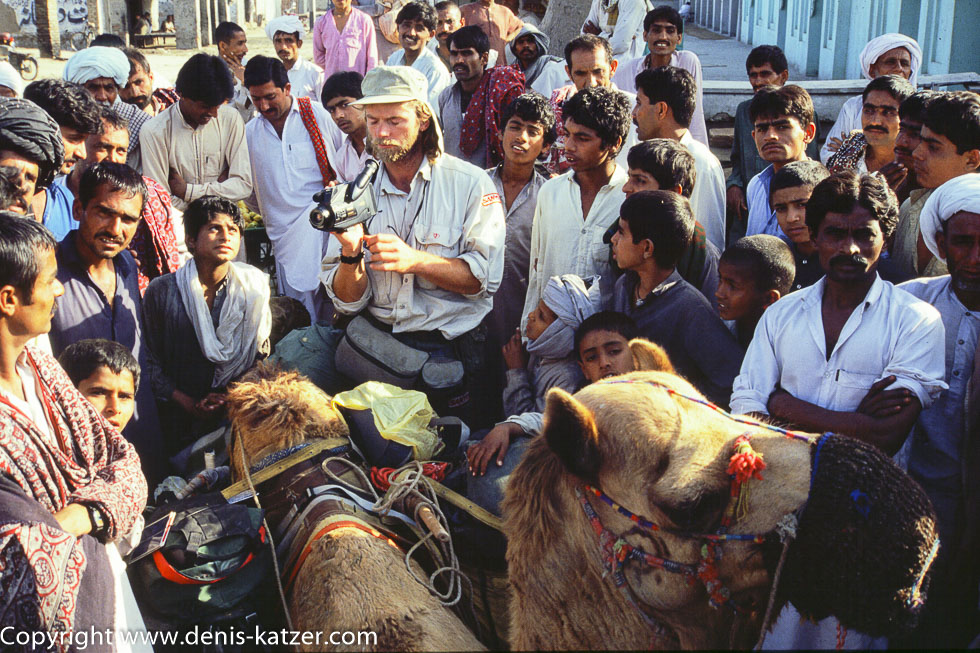
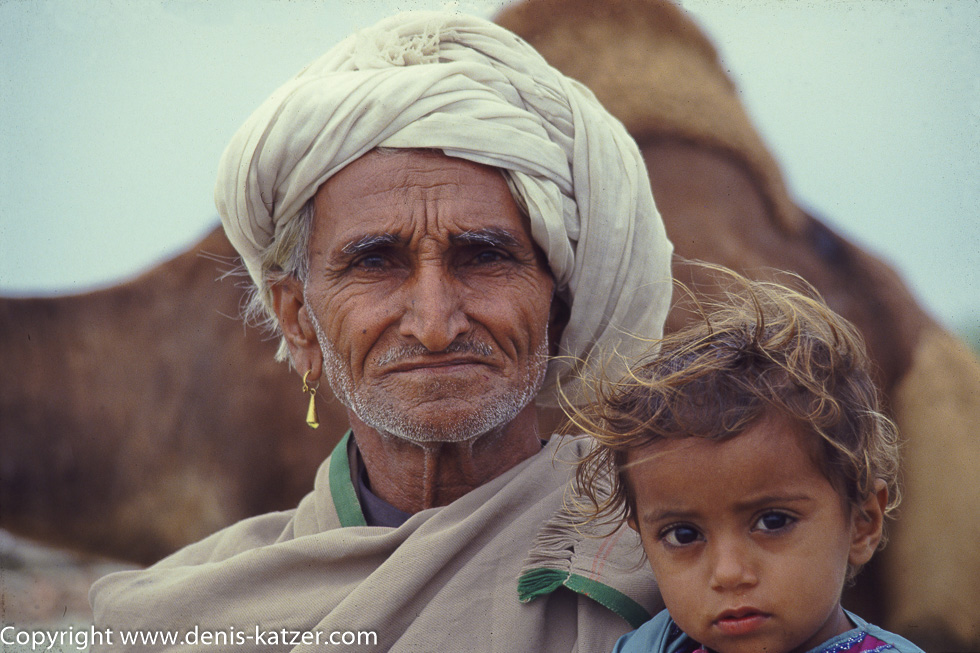

1993 to 1994 – India
15,000 kilometers by motorcycle through India
To get to India, Denis and Tanja take the train again. They travel India, the land of contrasts, for a year and a half on an old Indian motorcycle, make a detour to Sri Lanka and then set off a short time later by boat to the Andaman Islands.
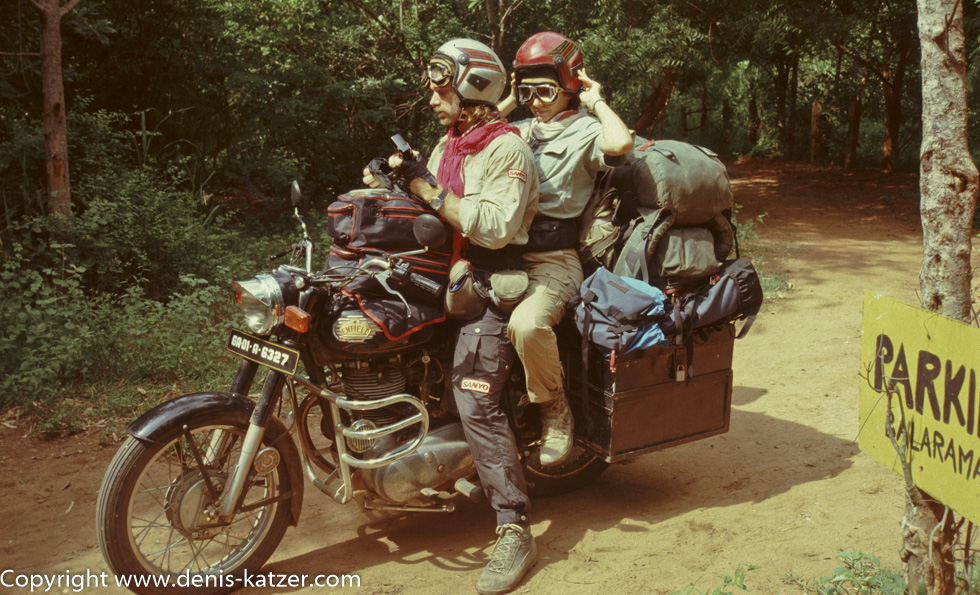
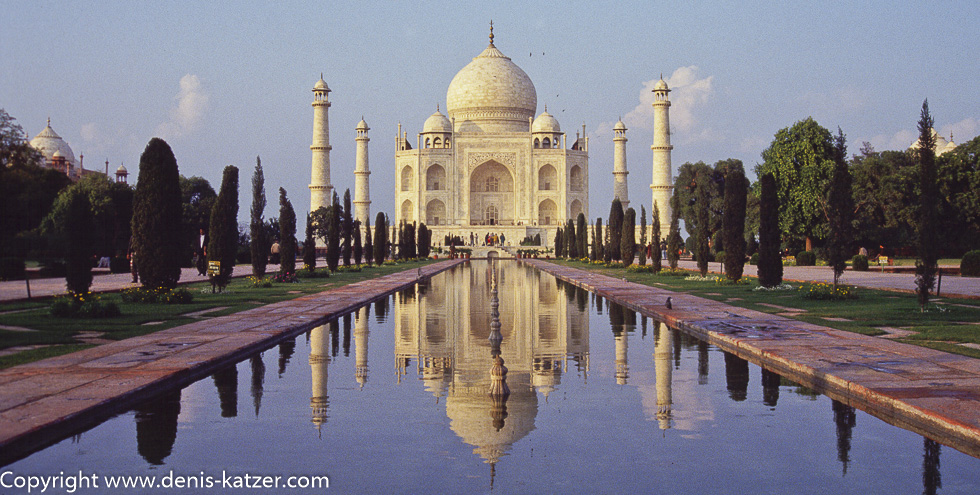
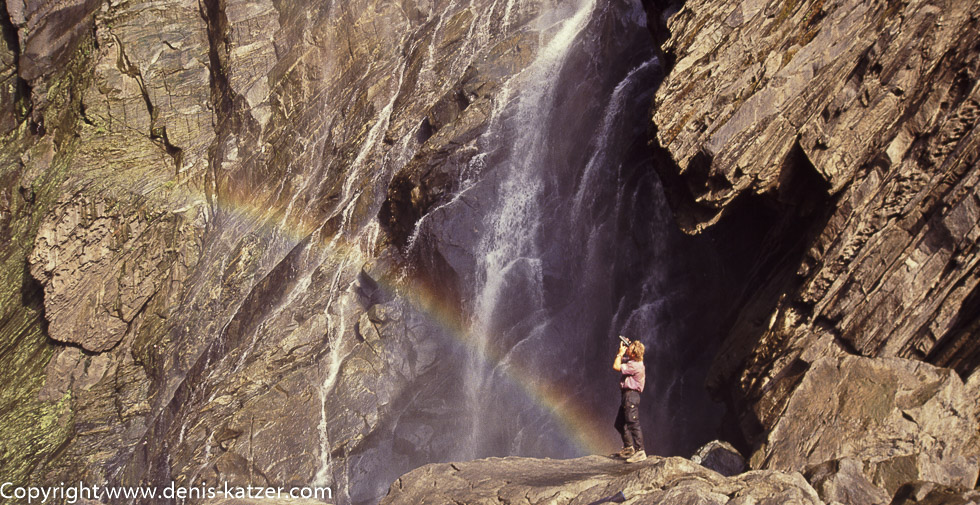
1994 – Andaman Islands in the Bay of Bengal
Expedition to the Jarawa tribe living in the Stone Age
On this group of islands in the Bay of Bengal, they make rare contact with a tribe that still lives in a military spear area, as it did in the Stone Age. The military gets wind of the two adventurers, who then have to break off their stay and flee.
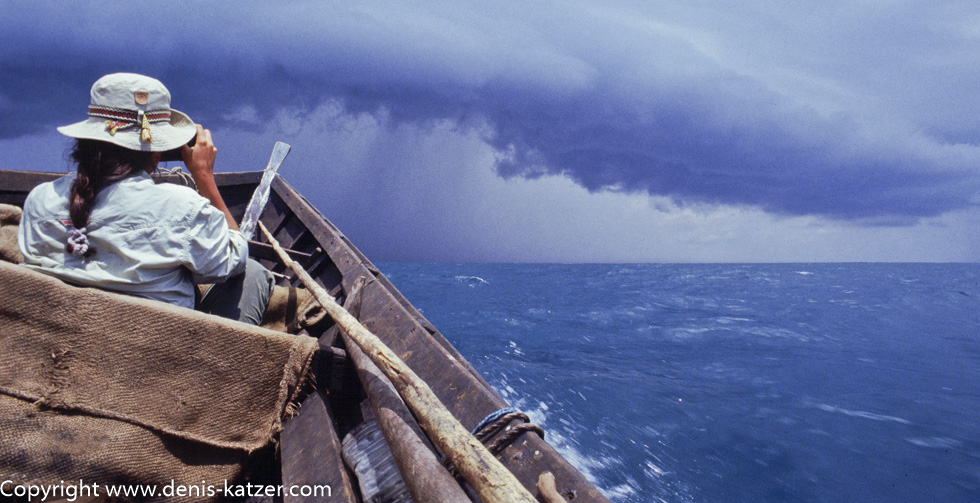


1995 – Himalaya
Crossing the Karakorum Highway
Once again, their path leads them to Pakistan. They live in a mountain village for a few months, cross the Karakorum Highway and reach western China via the old Silk Road.
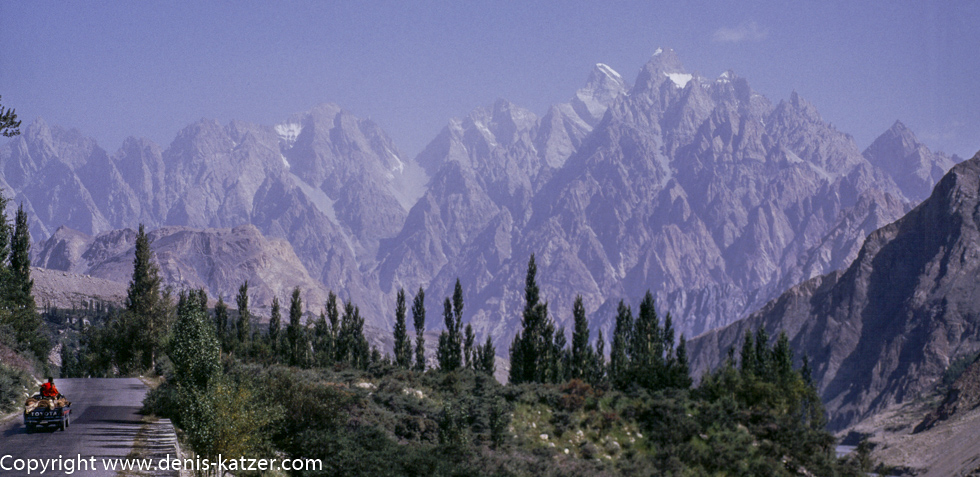
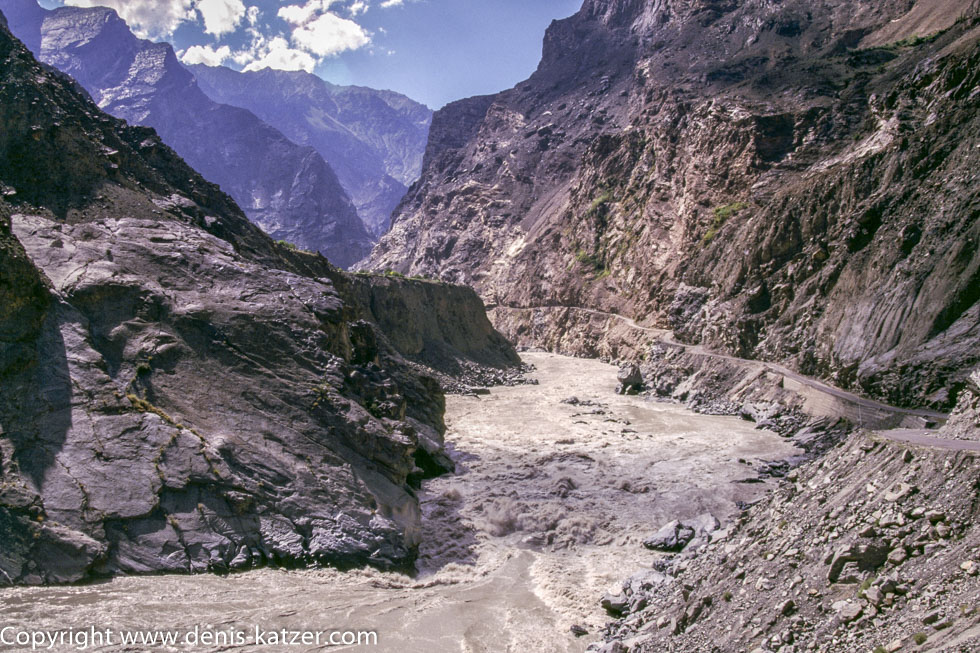
1995 – Western China
Expedition to the Taklamakan, the desert of death
In western China, Denis and Tanja organize an expedition to cross the desert of death, the Taklamakan, from south to north 1,000 km on foot and by camel.
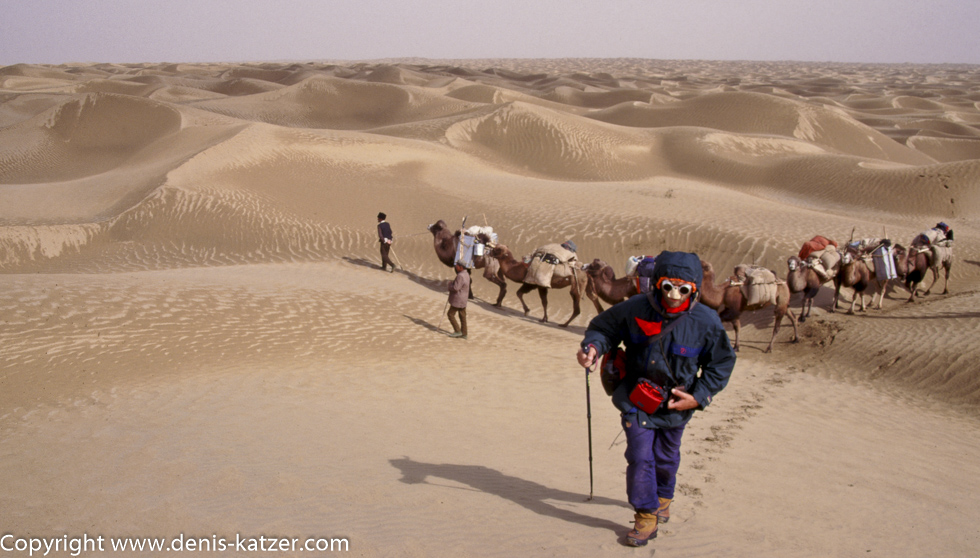


1995 to 1996 – Tibet
Life on the roof of the world
After this risky venture, the journey continues to Tibet. However, the borders are closed due to the reincarnation of the Panchen Lama. Hidden under a mountain of blankets and coats, they are smuggled to Lhasa by Tibetan monks on a 36-hour bus journey. They spend a few months there before later crossing the roof of the world by jeep to reach Nepal.
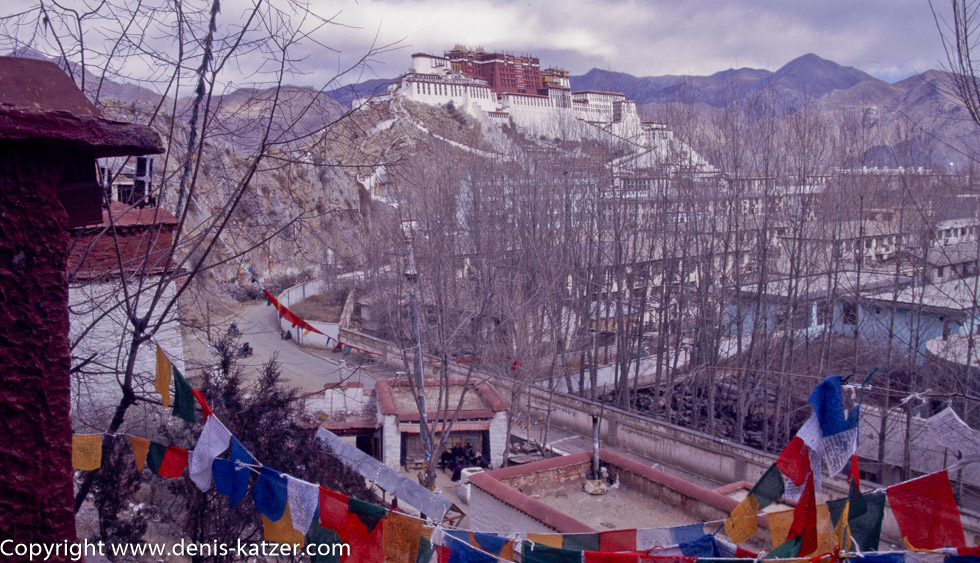
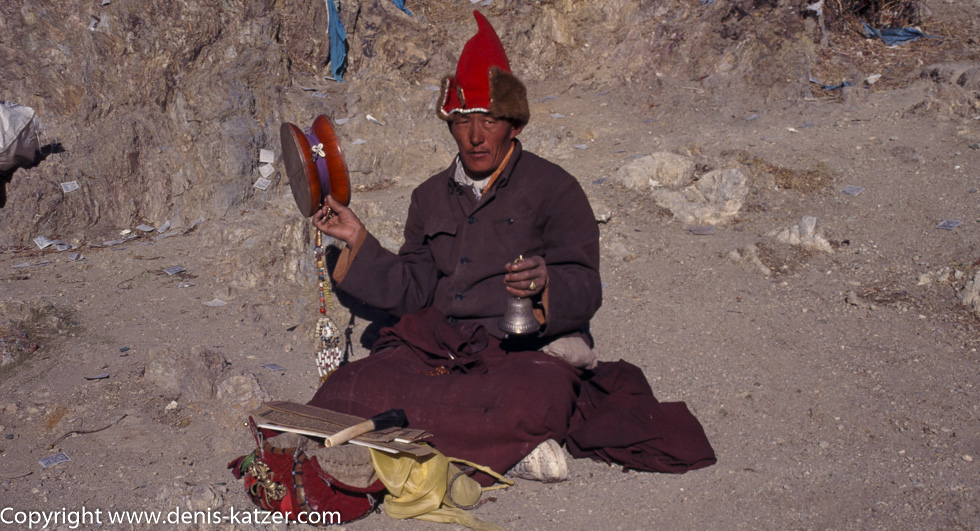

1996 – Nepal
Elephant expedition through the lowlands of Nepal
Tanja and Denis explore the lowlands of Nepal with an elephant.
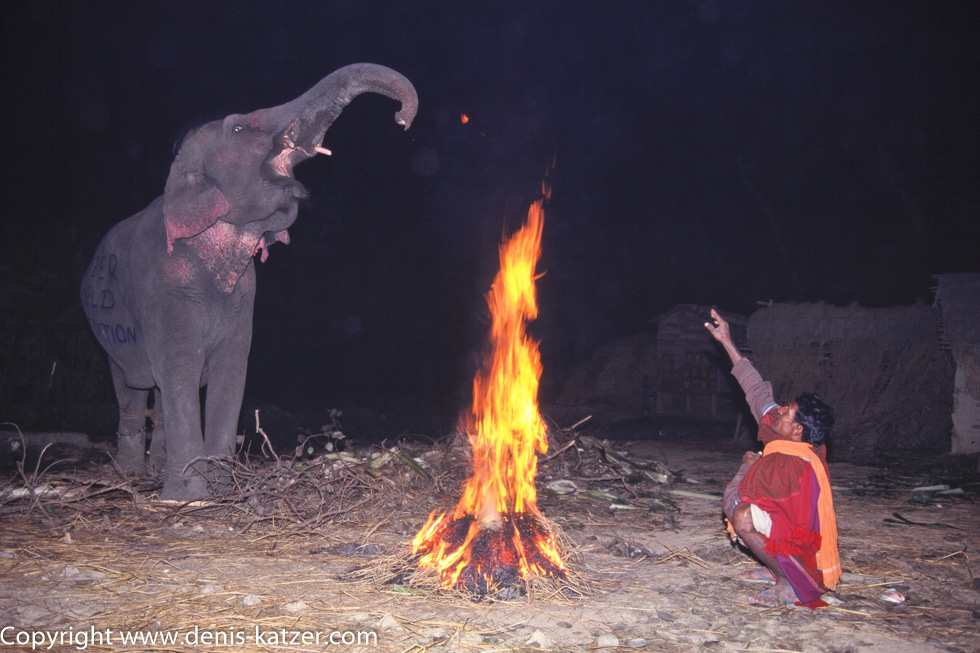

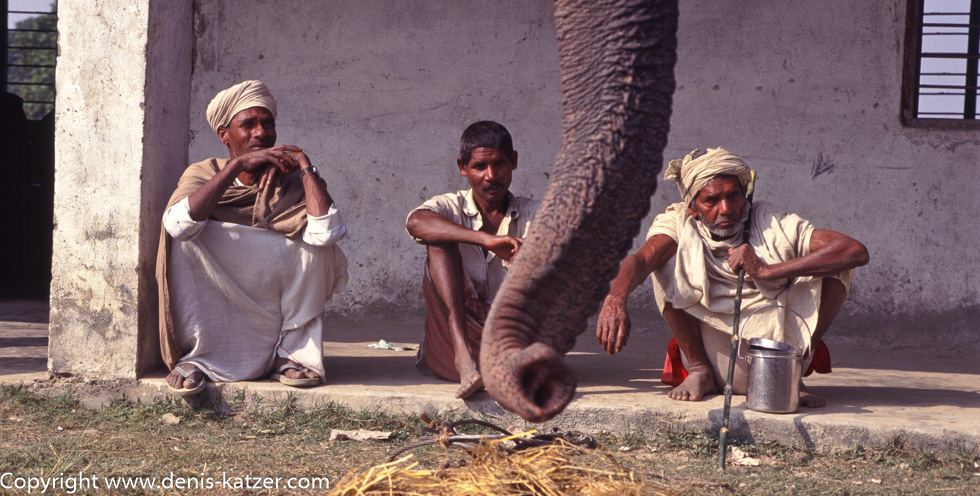
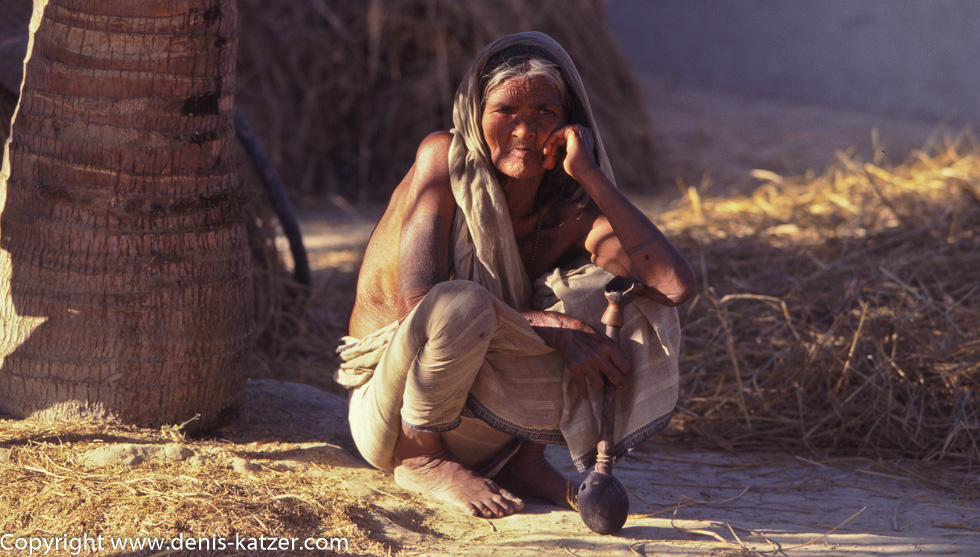
1996 to 1997 – Mongolia
Horse expedition through the land of Genghis Khan
They then travel by train through China to Mongolia. They ride 1,600 kilometers from east to west through the land of Genghis Khan. They survive an armed attack, are exposed to the hardships of a merciless nature and experience immeasurable hospitality in return for all their hardships.
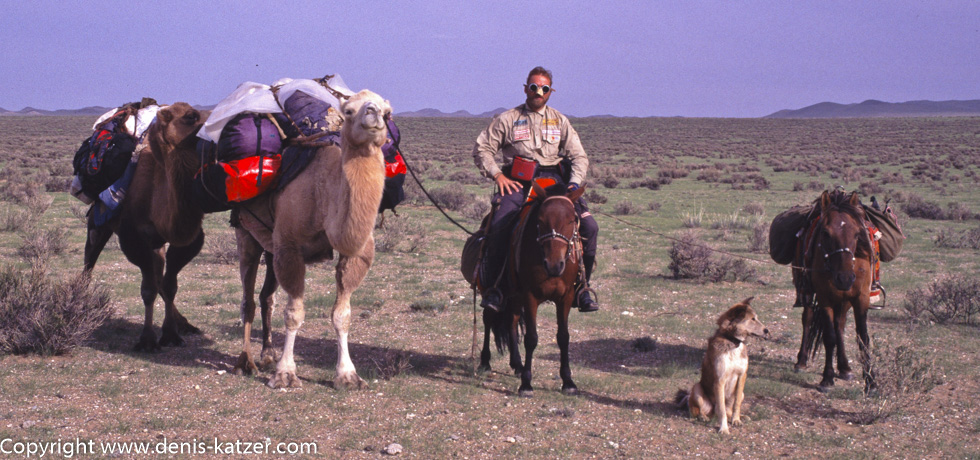
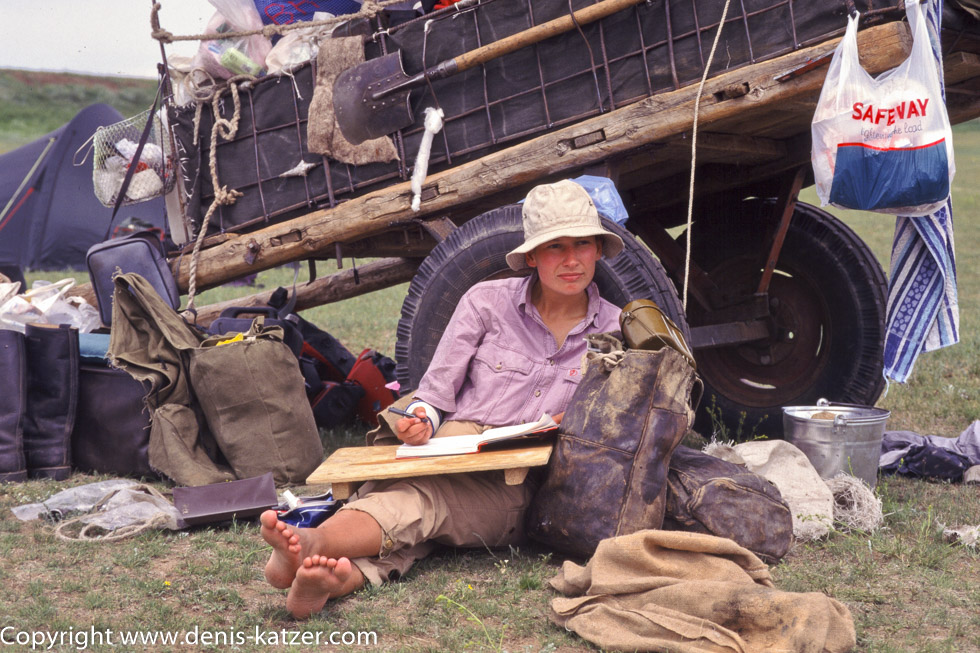
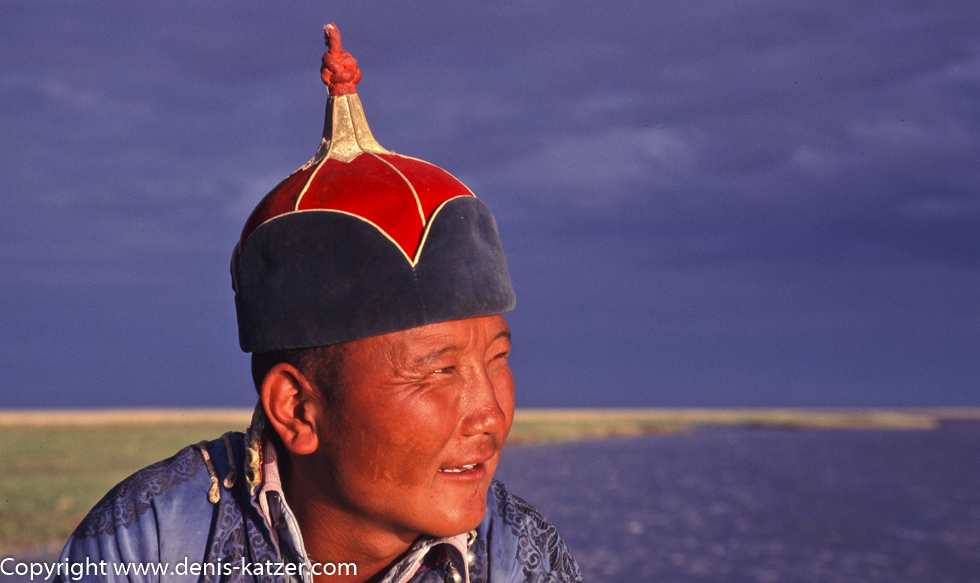
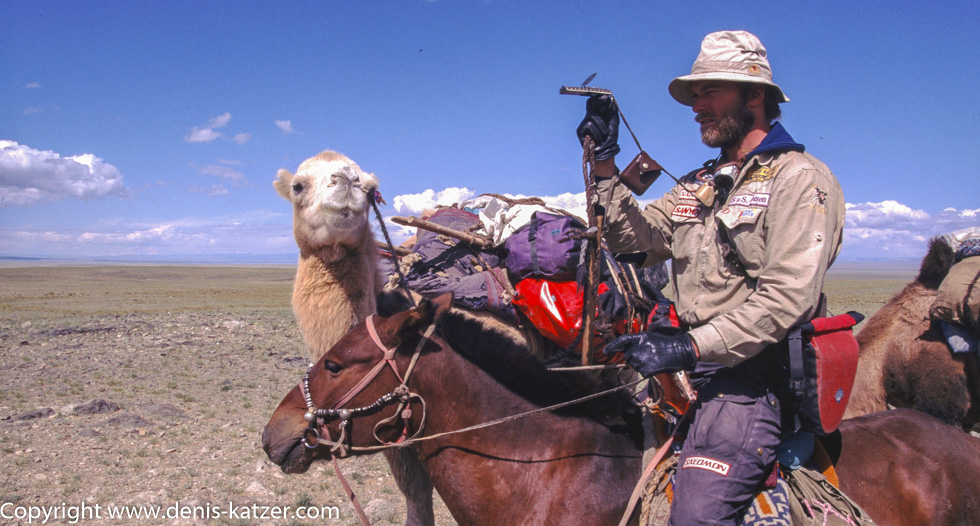
1999 to 2003 – Australia
RED-EARTH EXPEDITION
7,000 kilometers on foot and with camels through the outback in four years

For four years, Tanja & Denis Katzer traverse the endless expanses of the Australian outback. They travel 7,000 kilometers on foot and with their own camels across the continent from south to north and from the west coast to the east coast. It is a bold undertaking, the outcome of which is uncertain from the outset. A world record, an adventure of superlatives, a journey into the still unknown interior of a mystical and mysterious country. An expedition from the perspective of two people in love who consciously push the boundaries of their physical and mental capabilities.

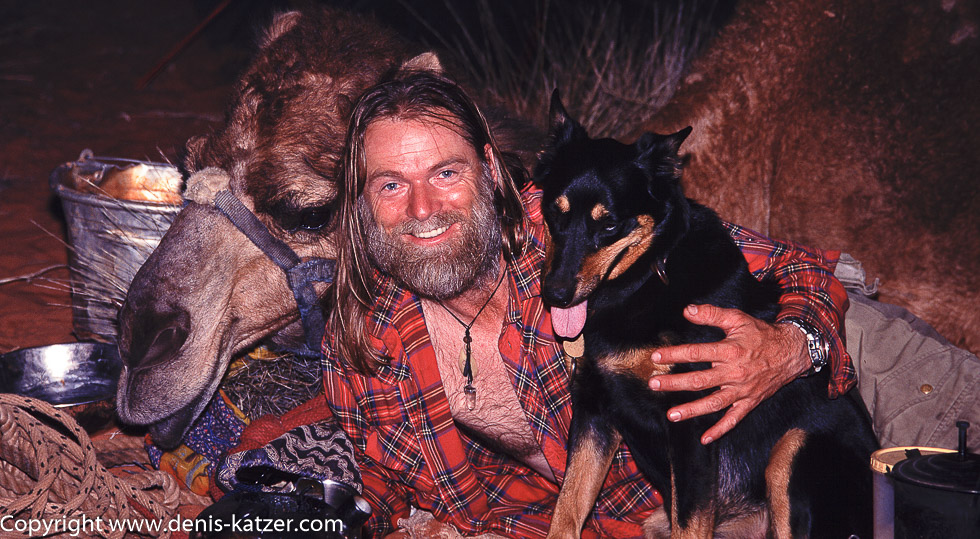
Denis Katzer: “It was a march through heaven and hell, through highs and lows, where we sometimes thought we wouldn’t live to see the next day. But it was also a time when we became one with the red earth of Australia and with Mother Nature. It was a time we would not want to miss. A time when eternity became tangible. This never-ending march was a huge challenge for our psyche. We had to experience every moment anew. We experienced one of the greatest feelings given to people on this earth. It is both the greatest gift and the highest goal and means nothing more to us than feeling life and inhaling it with every breath.”

Crossing the Sinai Desert, wild Pakistan, the Desert of Death in western China, the Gobi in Mongolia and Australia, the pair covered 12,000 kilometers on camels. A world record in the history of human expeditions.
2005 to 2010
Germany, Austria, Slovakia, Hungary, Serbia, Romania, Transnistria, Ukraine, Crimea peninsula, Russia, Kazakhstan, Siberia and Mongolia
Trans-East Expedition
Tanja and Denis set off on their trans-East expedition. This is a 15,000-kilometer bicycle tour from Germany to Mongolia, where he will ride about 3,000 kilometers on horseback to the last reindeer nomads and spend an Arctic winter with them. In other words, they use the bicycle as ecological transportation to get from one expedition to the next. Over the next few years, the bicycle developed into an independent form of travel, from which five books have already been written.
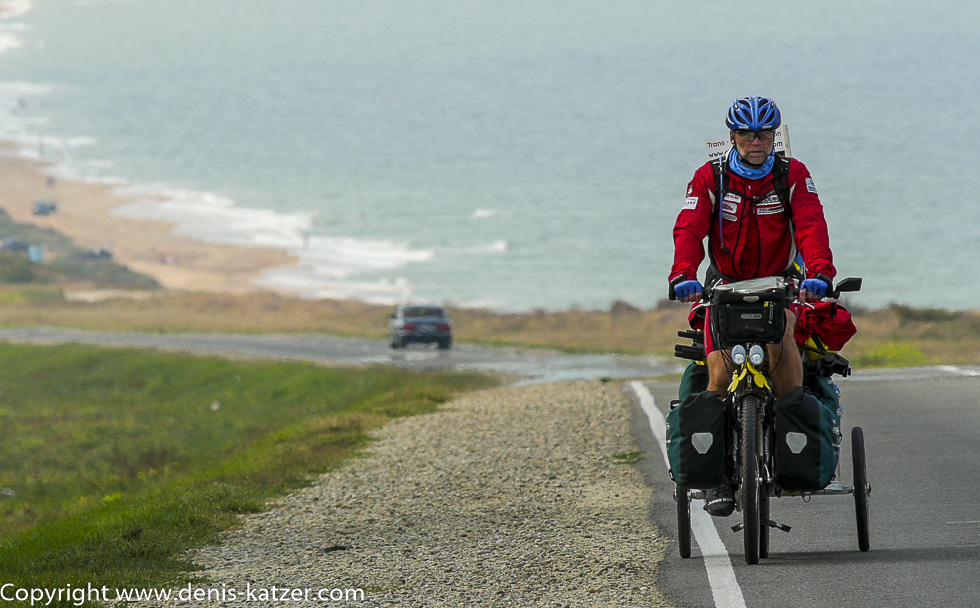
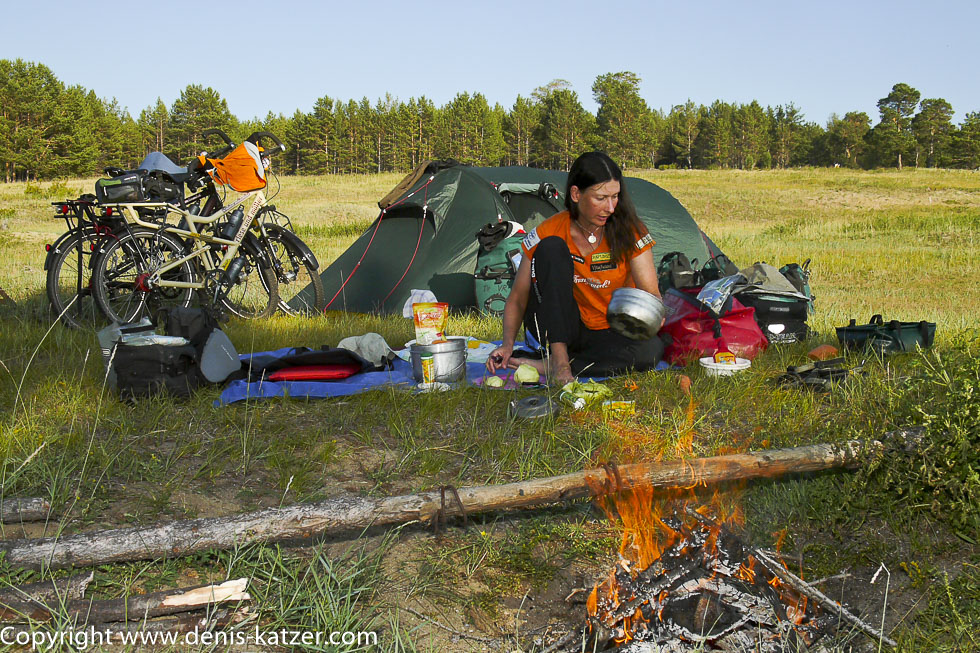
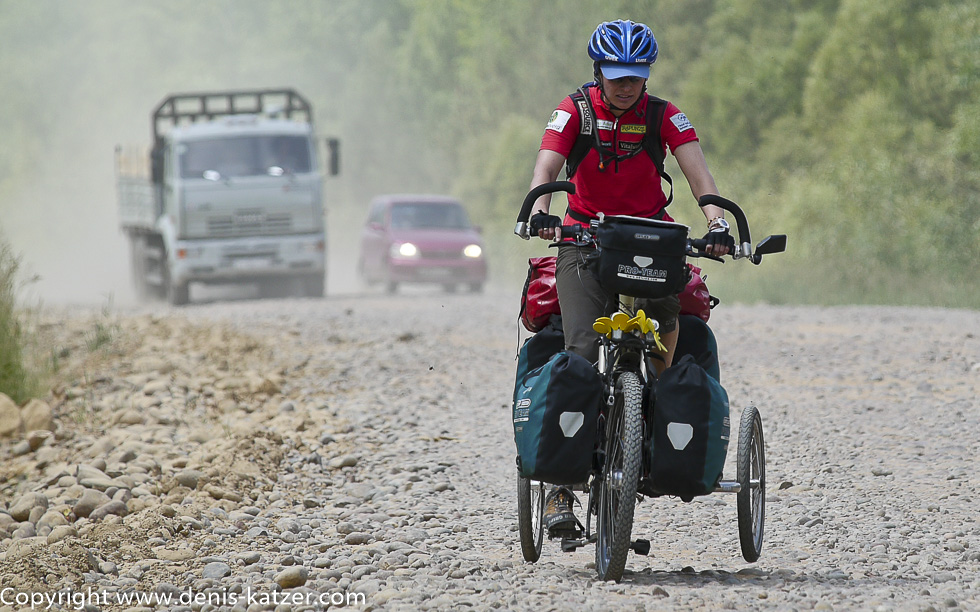
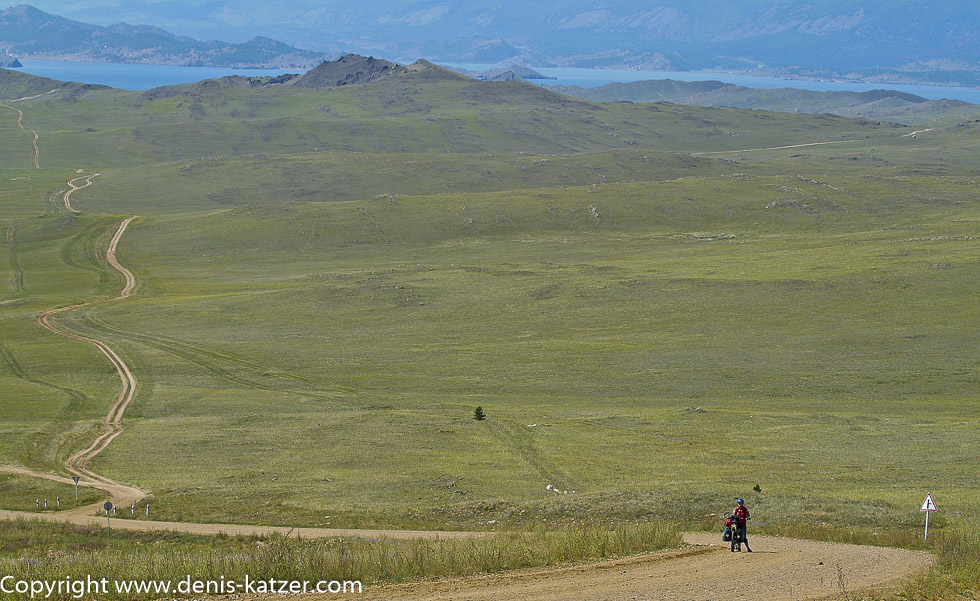
2011 to 2012 – Mongolia
15 months at the beginning of the world
A life between ancient shamanism and customs.
Between minus 50 and plus 40 °C at the limit of what is humanly possible.
Wintering with the last reindeer nomads.
Wild freedom!
In a risky excursion, Tanja and Denis Katzer ride a total of around 3,000 km in 15 months with pack and riding horses and a horse-drawn cart on which they transport their equipment through the Mongolian highland steppe, through swamps and over mountain ranges. Because Mongolia has an exceptional continental climate, the summer is very hot and dry with 40° degrees in the shade. In spring and fall, strong storms rage and torrential rain with temperatures plummeting to 20° C are not uncommon. Countless flies and mosquitoes maltreat the two adventurers and their mounts.
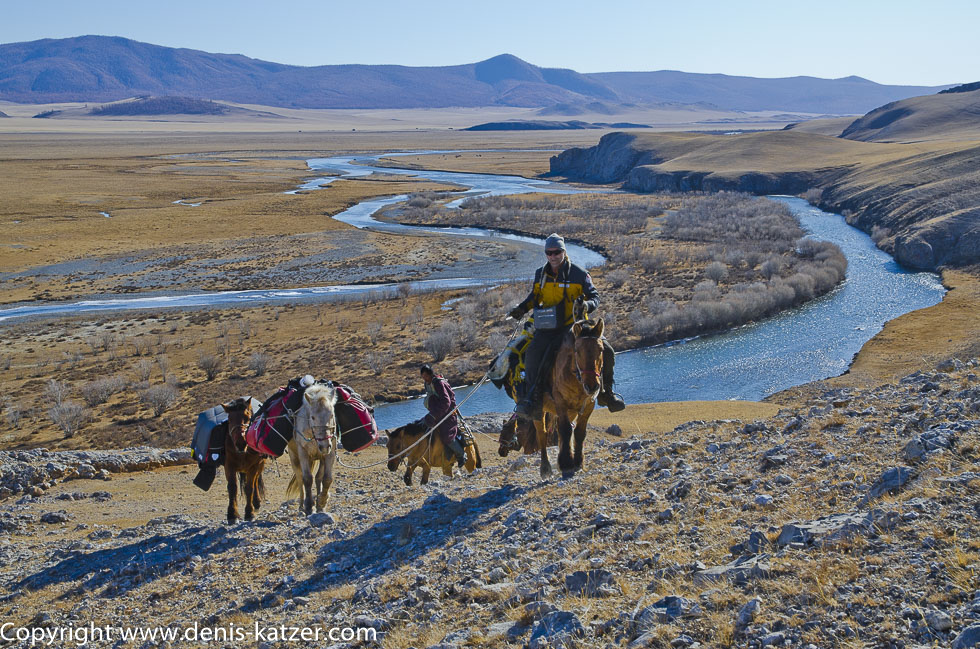
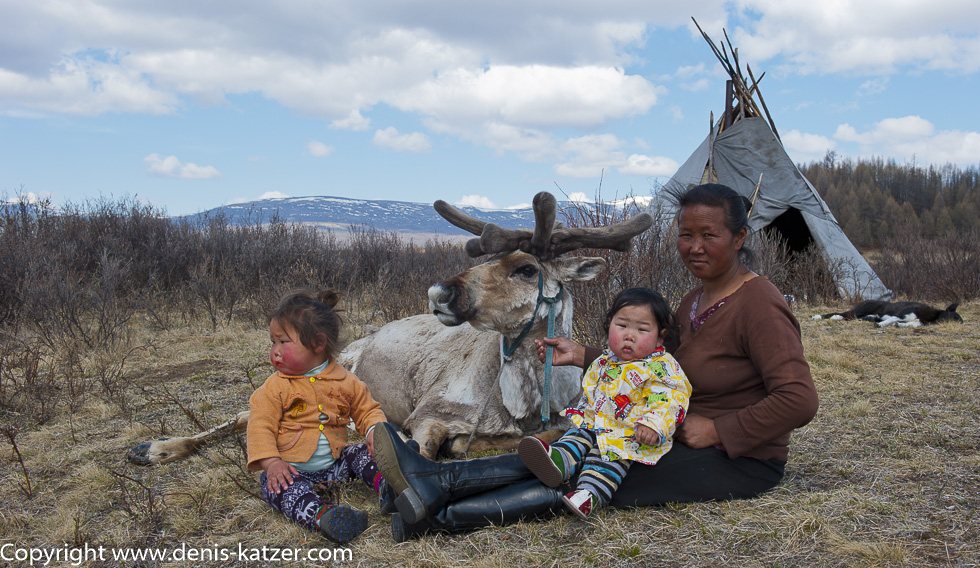
Their destination is the last Tuvan reindeer nomads, also known as Zaatan. They live in a region of northern Mongolia that is difficult to access. The Katzers’ expedition takes them past the country’s largest freshwater lake (Khuvsgul Nuur). You ride through mountain forest steppes and conquer the 3,000-metre-high snow mountains known as Khoridol-Saridag. On the other side of the passes, not far from the Siberian border, where the sparse green of the taiga provides food for the nomads’ reindeer, they meet the Zaatan in their winter camp.
Tanja and Denis ask for their hospitality so that they can be the first Europeans to spend an entire winter with them in their own tipi. The long Arctic winter with temperatures as low as minus 50°C freezes life in this region. The lonely days and nights, with cold, blizzards, cloudbursts, storms, earthquakes, accidents and injuries, but also pure survival and living with old rites and customs will be a special challenge for them.
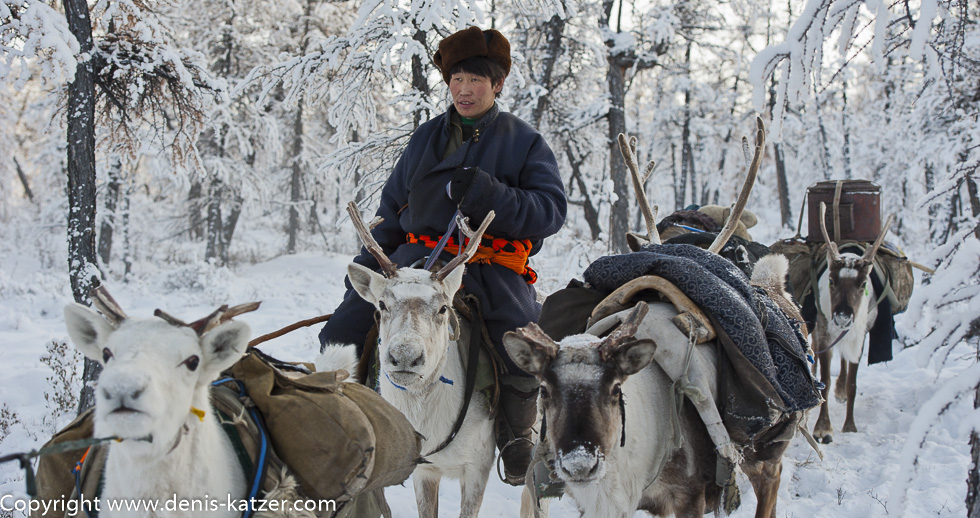
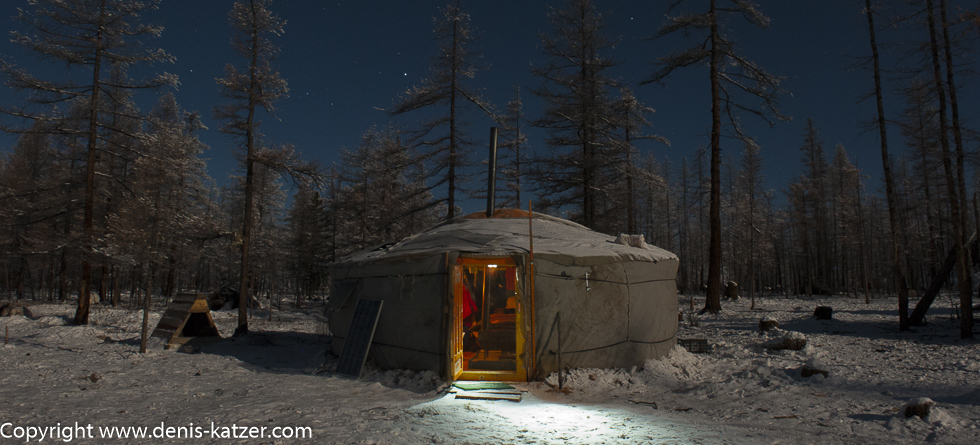
The two adventurers experience first-hand how the hunters of the taiga survive such extremes. During their stay, they document their dying customs, their songs, their worries, hardships and happy moments. They are accepted as members of the tribe and hope to contribute to the preservation of a dying culture with their documentation work.
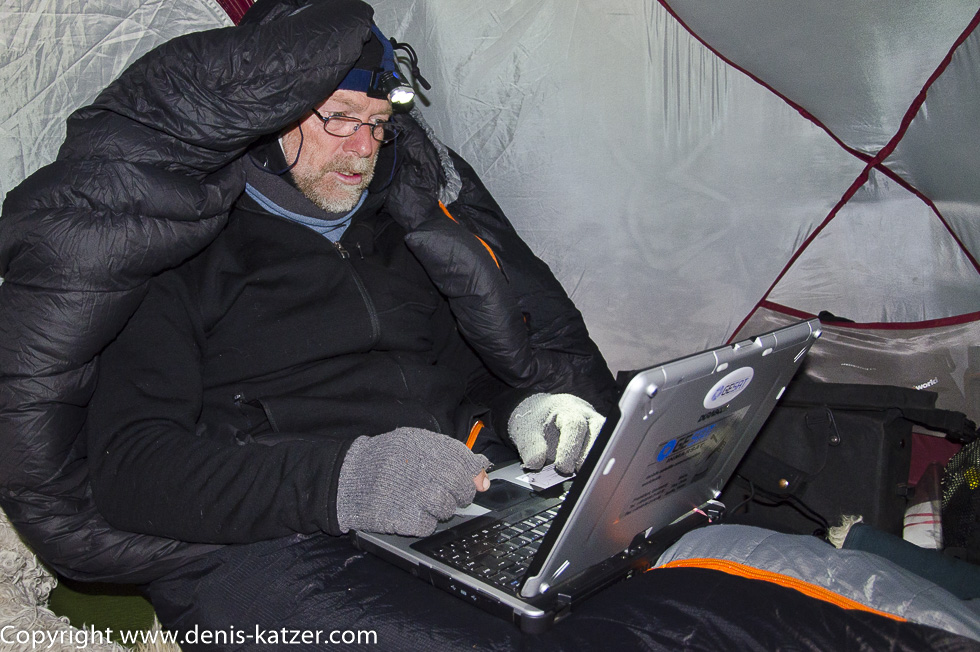
In spring, before the ground mutates into a treacherous, impassable quagmire, they set off again with their horses to begin the 1,500 km return journey. Without a doubt an expedition at the limit of what is humanly possible, bundled with depth and great respect for Mother Earth.
2015 to 2017 – Siberia, Mongolia, China, Vietnam, Cambodia, Laos and Thailand
Longest unsupported e-bike expedition in the world. First stage
17,000 kilometers and 74,000 vertical meters through Siberia, Mongolia, China, Vietnam, Cambodia, Laos and Thailand
After spending the winter with the last remaining reindeer herds, Tanja and Denis continue their cycling adventure. This time with the e-bike. The e-bike expedition is carried out “by fair means” and “unsupported”. The adventurers also obtain the energy they need from solar panels mounted on the bike trailers, which charge one of the empty batteries while riding.

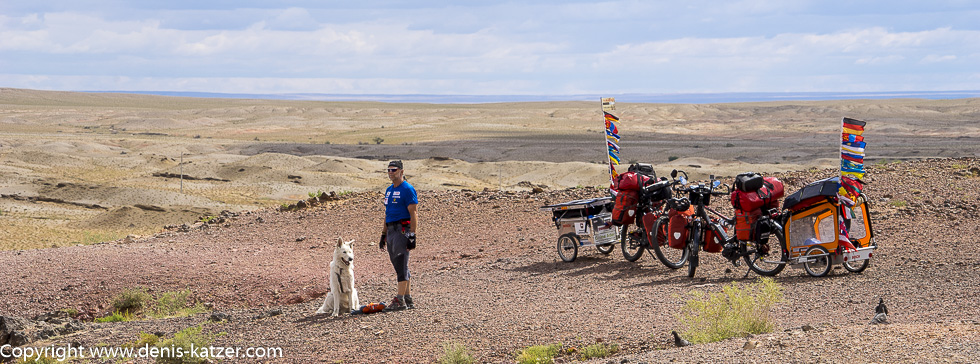
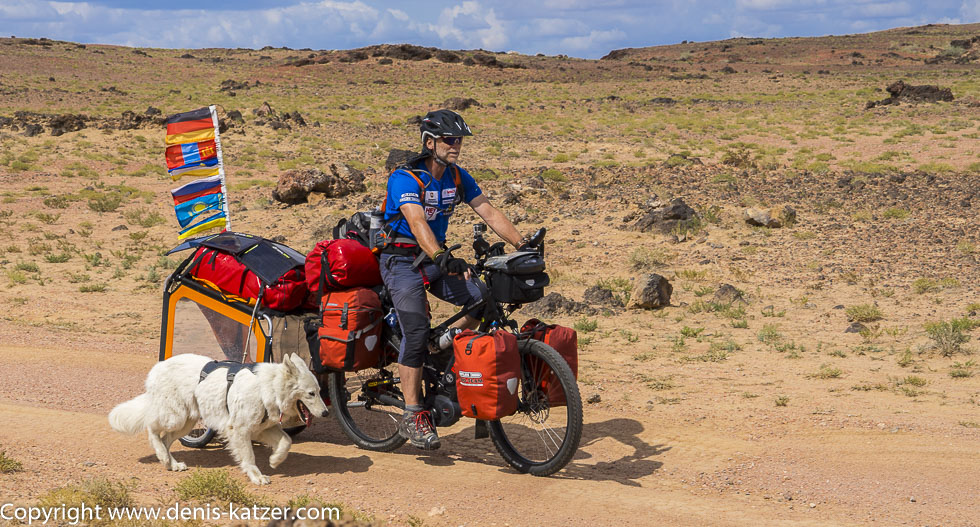
This time, the Katzers have opted for the e-bike as a means of transportation because they want to inspire the world to see what can be achieved with alternative energies. They want to prove that such a gigantic undertaking is possible with solar energy and muscle power in order to minimize the impact on the environment when travelling. Some of the technology they are carrying has been specially developed for this trip and put together by many companies.
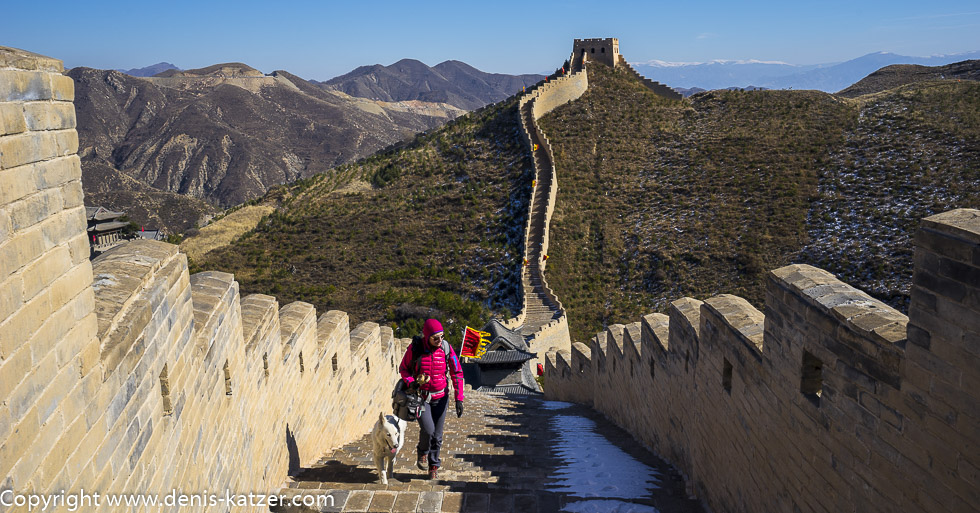
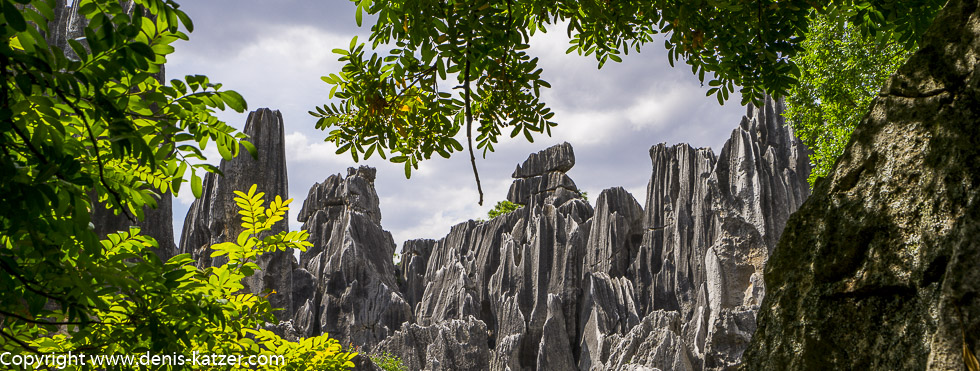
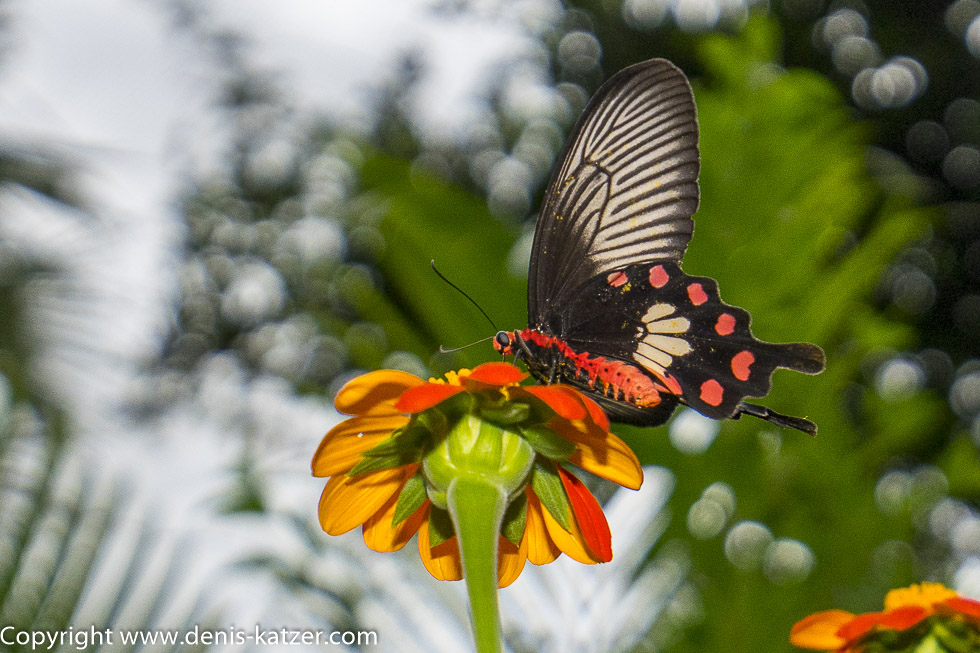
Tanja and Denis have covered 430,000 kilometers since 1991. In the coming years, “The Great Journey” will take her through Thailand, Myanmar, Laos, Cambodia, Indonesia, Australia, Tasmania, New Zealand and across the oceans to South America.
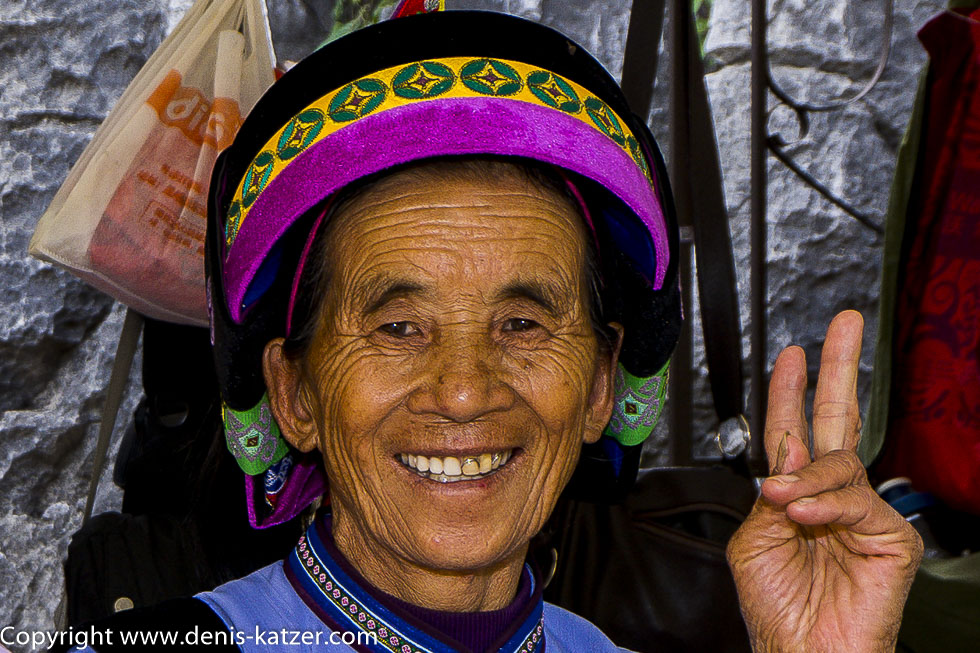
Tanja and Denis are not only interested in traveling, but also in bringing other cultural and philosophical values and views closer to the western world.
Denis Katzer: “Of course, it’s also about breaking out of a society that is governed by laws, rules and regulations. For us, it is one of life’s wanderings, in which the search for one’s own self, one’s roots and the conscious living of the moment play an important role.”
Why? The motivation
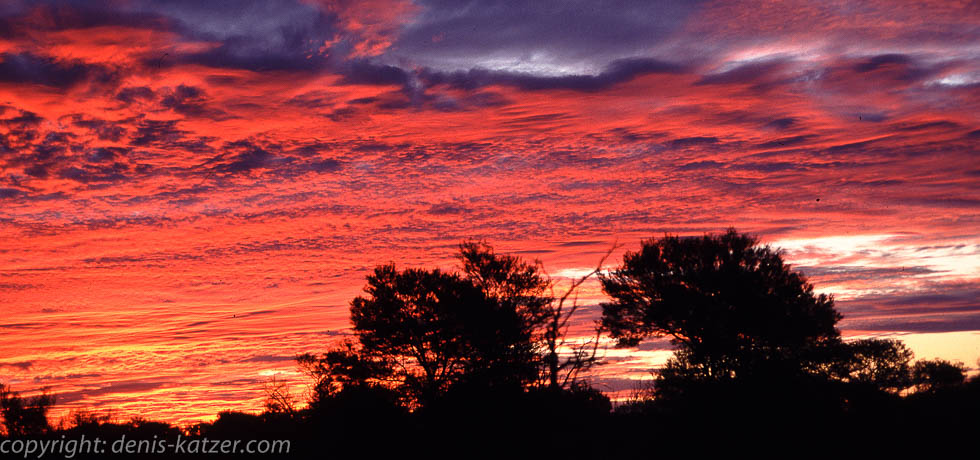
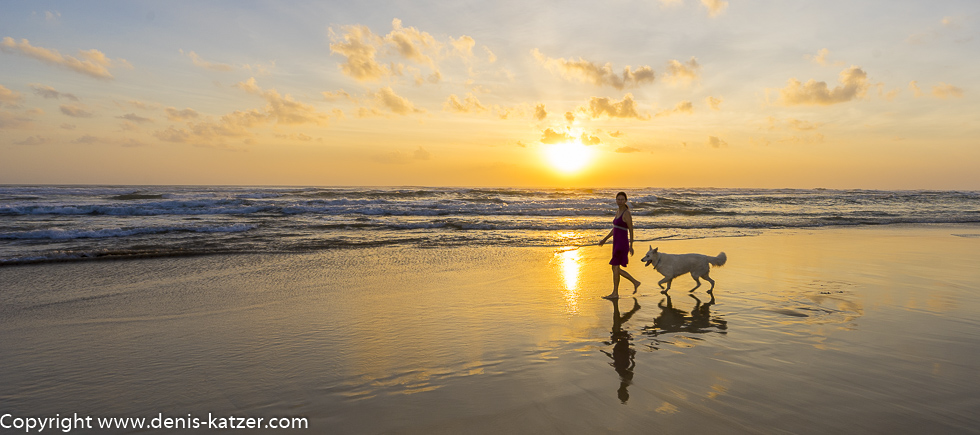

Our task is to live this life as we do in order to be able to report on what it means to live. To be able to write about what it means to be human. For example, how we inhale the smoke burning in our lungs from bushfires or listen to the rare howl of a dingo at night. In a way, our journey is a counterpoint to a world that is overtaking itself a little faster every day and has stumbled in the process. We want to contribute a small piece of the mosaic to help you think about yourself again. Shift down a gear. Having goals, realizing goals.
What we want: To gain direction in a disoriented world. Living a dream. Realizing a dream in an environment that claims what we do is impossible. Our journey wants to help remind people that there are other things besides work, supposed obligations, chasing after money, the stressed panting of the manager, that are far more worth living for. Our journey is a great journey, an important journey for ourselves. It is a self-discovery, a self-awareness, a renewal, an exploration of psyche, soul and body, which we share openly, unvarnished and honestly with many people. If we can contribute just a fraction of our lives to providing one or two positive thought-provoking impulses, we see this as confirmation of our freely chosen expedition life. It’s worth every effort. Of course there may be one opinion or another. People who have a different point of view. But that is also a good thing, because this way our life on earth always remains interesting, versatile and varied.
Stormy atmosphere on Paradise Beach. Gulf of Thailand. Cambodia

